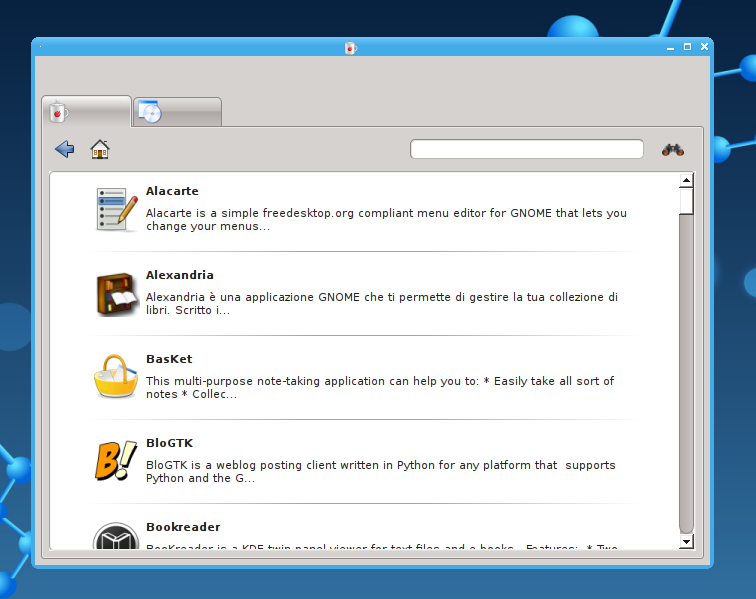FreeBSD is a free, powerful, robust, flexible and stable Open Source operating system based on Unix which is designed with security and speed in mind.FreeBSD can operate on a large variety of modern CPU architectures and can power servers, desktops and some kind of custom embedded systems, the most notable being Raspberry PI SBC. As in Linux case, FreeBSD comes with a large collection of pre-compiled software packages, more than 20,000 packages, that can be simply installed in the system from their repositories, called “ Ports”. Requirements:.This tutorial will guide you on how to install the latest version of FreeBSD on an amd64 machine. Typically this installation covers only the command line version of the operating system, which makes it best-suited for servers.If you don’t require a custom installation, you can skip the installation process and download and run a pre-build Virtual Machine image for VMware, VirtualBox, QEMU-KVM or Hyper-V. FreeBSD Installation Guide1. First, get the latest FreeBSD CD 1 ISO image released from and burn it to a CD.Place the CD image into your machine CD/DVD drive and reboot the machine into BIOS/UEFI mode or boot menu sequence by pressing a special key (usually esc, F2, F11, F12) during the power-on sequence.Instruct the BIOS/UEFI to use the CD/DVD appropriate drive to boot from and the first screen of the installation process should be displayed on your screen.Press Enter key to start the installation process.
Freebsd Xdm Xfce4

FreeBSD Set Date19. On the next step select by hitting the space key the following daemons to run system-wide: SSH, NTP and powerd.Select powerd service in case your machine CPU supports adaptive power control. If FreeBSD is installed under a virtual machine you can skip powerd start-up service during the system boot initialization sequence.Also, if you don’t connect into your machine remotely, you can skip SSH service automatic start-up during system boot. When you finish press OK to continue. FreeBSD System Hardening21. Next, the installer will ask you whether you will like to add a new system user.
Choose yes and follow the prompt in order to add the user information. It’s safe to leave the default settings for the user by pressing enter key.You can select Bourne shell (sh) or C improved shell (tcsh) as the default shell for your user. When you finish, answer yes at the final question to create the user.The prompt will ask you if you want to add another user in your system. If that’s not the case, answer with no in order to continue with the final stage of the installation process.
Freebsd Install Gui
Hi, why did you install on ufs and not on zfs? One of the main and great features of FreeBSD is that you can install it on native zfs root filesystem.I don’t know about him, but I only use UFS because I install on ESXi, which already has the features of ZFS and more, and easier and more solid to administer because it works even if the operating system will not boot. If I were bare metal, then I would use ZFS for its self-healing and robustness, but ZFS is also hard on resources on a heavily loaded server.

Instalar Xfce Freebsd
Orange Pi Lite orPower 5V/3AOr USB cable,Armbian on 8Go SD Card class 10WarningIn some cases (or some mini computer board), migration to a graphics environment may not work. If you still have no functional project on your SD card, the best is to directly re-install the Desktop version that suits your mini PC. Indeed, there may be problems with some GPUs It is however possible to uninstall the installed packages by executing these two commands successively: libxfce4util-commonThen sudo apt-get autoremove Installing the XFCE 4.x DesktopSo we will install the XFCE desktop (official website). If you are not logged in as root, change user su -Then you start the installation of the XFCE desktop and the dependencies sudo apt-get -y install xorg lightdm xfce4 tango-icon-theme gnome-icon-themeRestart ( sudo reboot) or manually start the desktop with the startxfce4 command.After the launch you will go directly to a login window.
Identify yourself as usual. You now have a graphical desktop on your Orange Pi. This is the same desktop that is used for the Desktop version of the distribution.
Mit license commercial use big sales store. It is simply installed in its default configuration with the minimum of pre-installed software (mail, web browser).
Related Posts
- Xiamenaoma Doorphone System Installation Manual
- Fallout New Vegas Controls Pc
- Avast Free Antivirus ????
- Windows 10 Screen Sleep Not Working
- Para Escuchar Musica Cristiana Mp3
- Red Faction Guerrilla Edf
- World In Conflict Soundtrack
- Iphone Xr Case 3 Layer
- How To Restore Previous Session On Firefox
- How To Use Gibbed Borderlands 2 Pc